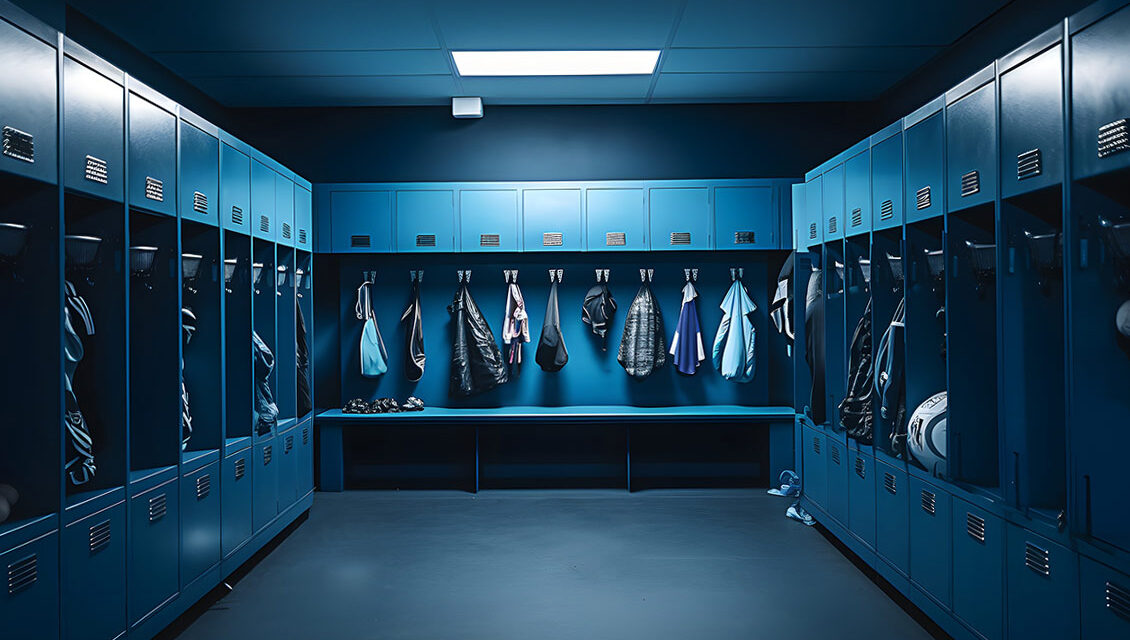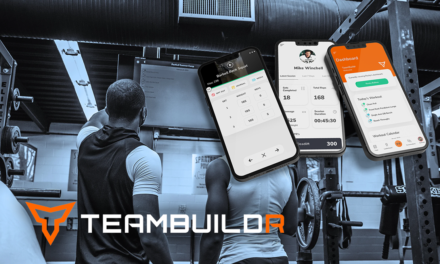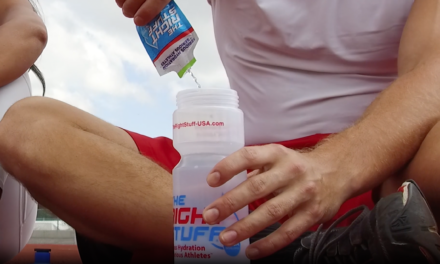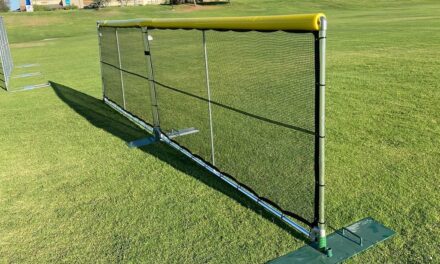When it comes to duties, the list never ends for the high school athletic director (AD), and the locker room stands as the heart of this realm. It’s a place pulsating with the rhythm of anticipation and the echoes of hard-fought victories. It’s where student-athletes steel themselves for competition and where the day’s exertions and triumphs are washed away. Lockers are a critical piece in the puzzle of a successful sports program and a reflection of the school’s dedication to excellence in athletics.
Recognizing the need for change isn’t merely a matter of aesthetics; it’s acknowledging that the environment ADs provide is integral to the athlete experience. This is where the chapter of revitalization begins, where an AD steps into the strategic role of reimagining a space that does more than house gear – it builds a legacy.
When lockers begin to show their age, when their doors creak more than they should, and when their appearance no longer reflects the pride of the teams they serve, it becomes clear: it’s time for renewal, time for new lockers to be installed.
ADs can get started with this multifaceted process by understanding just that – it’s going to be a detailed and multi-pronged journey. So first things first. Better understand your “why.”
Assessing the Need: Why Install New Lockers?
The decision to install new lockers is more than a functional upgrade – it’s a symbolic gesture, signaling to students and faculty alike that the school values the grit and grace of its athletes. This decision must be justified by a clear purpose. Are the current lockers failing to meet safety standards, or has their aesthetic decline become a reflection of the neglect? Perhaps new funding has become available, presenting an opportunity for improvement. ADs must discern the catalyst for change, as it sets the precedent for the project’s scope and nature.
Lockers serve not just as storage but as a symbol of the school’s ethos. When athletes see investments in their environment, it translates to an investment in their development and well-being. Thus, the decision to install new lockers often stems from the desire to provide a superior, secure, and supportive space for student-athletes.
Designing Your Financial Game Plan: Budget With Foresight
Locker upgrades are capital projects that necessitate detailed and predictable budgeting. It’s about more than just finding the funds; it’s crafting a fiscal strategy that foresees the project’s needs from conception to fruition, ensuring that the investment is not just wise but also sustainable.
Athletic directors must anticipate costs well in advance, factoring in not only the purchase and installation but also long-term maintenance. It is a financial chess game where each move – from allocating funds to timing the expenditures – needs strategic planning.
The process of securing funds may involve presenting to school boards, engaging with booster clubs, or applying for grants. Athletic directors must craft a compelling narrative that underscores the project’s value to secure the required investment.
Preparing the Blueprint: Information And Specifications
As the project transitions from concept to concrete plans, ADs enter a crucial phase of information gathering, detailing the precise requirements for a seamless transition from old to new. This stage is about precision, from obtaining accurate CAD drawings to considering the ergonomics of modern locker design. It’s here that ADs will map out the project’s scale, forecast timelines, and align with the school’s vision for a state-of-the-art athletic space.
Precise CAD drawings are foundational for envisioning the new space. Questions about the current locker room layout, desired features, and compliance with state regulations must also guide the planning phase. If you don’t have these drawings, it’s crucial to work with a supplier that can help you produce them.
This stage is also about timing and logistics. Athletic directors must establish a realistic timeline that minimizes disruption to ongoing sports programs. They must also consider environmental factors such as humidity control or material durability that could affect the lockers’ longevity.
Security And Sustainability: Locks And Lockers
The details don’t end with measurements and materials; security is also paramount. After all, security is what puts the “lock” in lockers. The choice of locks – whether traditional combinations or modern electronic systems – reflects the school’s commitment to safeguarding student property. ADs must understand the importance of selecting locks that balance ease of use with robust security measures, while also navigating the logistical complexities of setting and resetting combinations annually.
AD’s must also explore materials and designs that promise endurance against the wear and tear of high school sports life. For example, Galvanneal Zinc Coating – applied to metal lockers prior to the powder coating process – can prevent premature rusting in highly humid environments, like those that extend across the Gulf Coast and southeastern U.S.
Sustainability extends beyond the physical product. Responsive customer service, and the potential for future upgrades are factors that ADs must consider to ensure the lockers serve generations of athletes. The goal is to secure not just a product, but a lasting partnership with suppliers that aligns with the school’s vision for its athletic facilities.
Post-Installation Strategy: Maintenance And Management
While budgeting typically takes place well in advance of making detailed specifications, the typical purchase cycle for new lockers can run as long as three months, from purchase order through installation. After that initial installation buzz subsides, ADs must address ongoing locker upkeep.
This stage is about establishing a routine that preserves the new lockers’ integrity and ensures they continue to serve future generations of athletes. It’s about understanding warranty options, setting maintenance schedules, and instilling a sense of ownership and pride in those who use them daily.
Suppliers should provide thorough walk-throughs after installation, demonstrating the functionality and care of the new installations. This knowledge transfer ensures that facility personnel are well-equipped to maintain the lockers.
Adequate maintenance not only preserves the lockers’ condition but also ensures they remain a lasting asset. Athletic directors must establish routine checks and balance the practicality of daily use with the need for periodic refurbishment.










